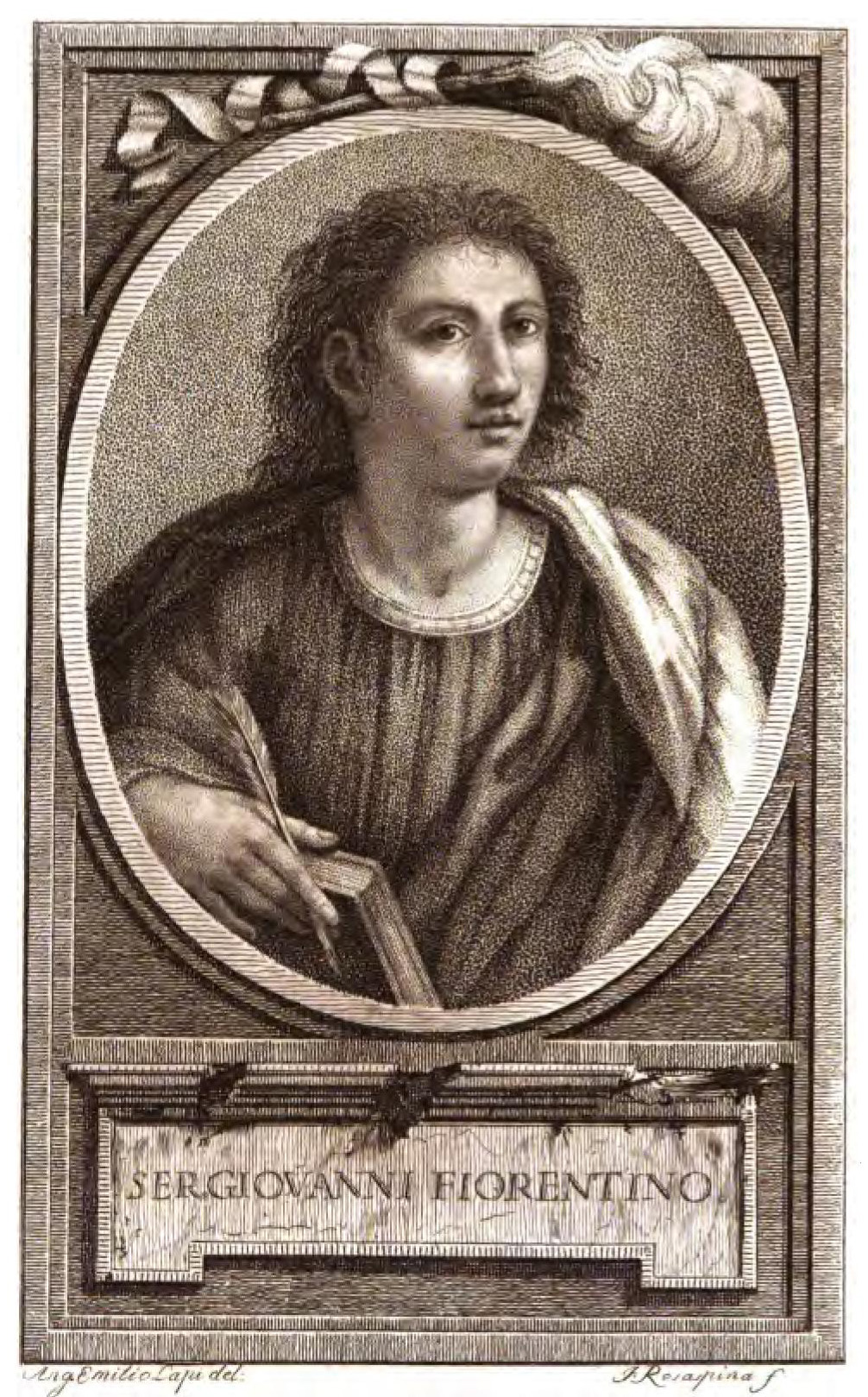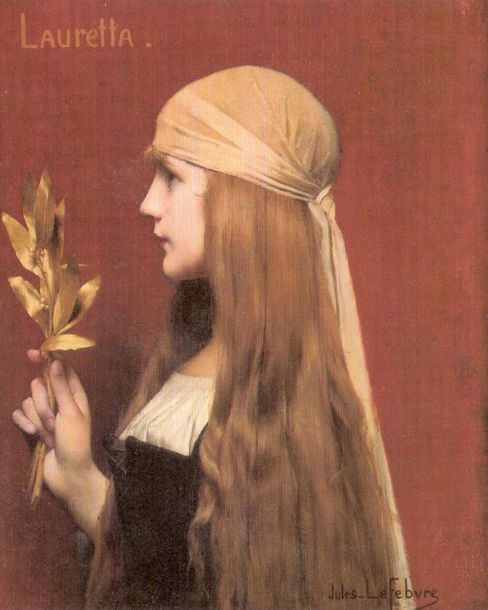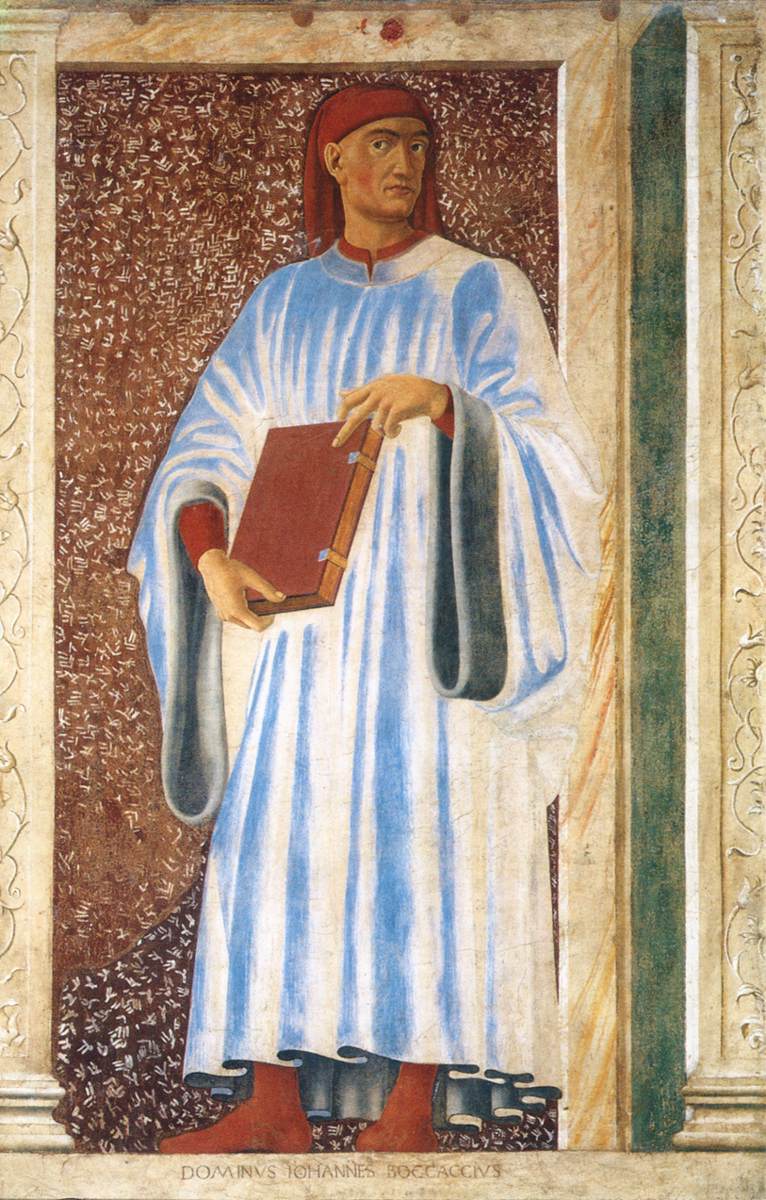|
Il Pecorone
''Il Pecorone'', often referred to in English as ''The Golden Eagle'', is an Italian collection of stories written between 1378 and 1385 by Giovanni Fiorentino. It was written in a style influenced by the '' Decameron'' of Giovanni Boccaccio, the Golden Legend collection of saint lives, the Seven Sages of Rome or the Gemma ecclesiastica of Giraldus Cambrensis. For its historical facts, however, it relies on the Nuova Cronica of Giovanni Villani. It is said to be an influence on Shakespeare's '' The Merry Wives of Windsor'' and '' Merchant of Venice''.Bloom, Harold (2007). Heims, Neil, ed. The Merchant of Venice. New York: Infobase. pp.112–113 Plot summary Abridged from Johnson's summary: Giannetto, a young noble of Florence, whose father has left him no money, comes to Venice and is befriended by his godfather Ansaldo, the richest merchant there. One day Giannetto expresses a desire to make a voyage to Alexandria, so as to see something of the world; Ansaldo furnishe ... [...More Info...] [...Related Items...] OR: [Wikipedia] [Google] [Baidu] |
Giovanni Fiorentino
Giovanni Fiorentino was a 14th-century Florentine writer, to whom is attributed the work ''Il Pecorone'' (''"The Simpleton"''). This was a collection of short stories, purportedly published in 1378. However, this date is disputed. The attribution, given in the opening sonnet accompanying the collection, is supposed to be spurious although it is mostly retained for convenience.Il Pecorone of Ser Giovanni, English translation by William Waters, 1897 References External links {{DEFAULTSORT:Fiorentino, Giovanni Italian poets Year of birth unknown Year of death unknown Writers from Florence 14th-century people from the Republic of Florence ... [...More Info...] [...Related Items...] OR: [Wikipedia] [Google] [Baidu] |
Decameron
''The Decameron'' (; or ''Decamerone'' ), subtitled ''Prince Galehaut'' (Old ) and sometimes nicknamed ''l'Umana commedia'' ("the Human comedy", as it was Boccaccio that dubbed Dante Alighieri's ''Comedy'' "''Divine''"), is a collection of short stories by the 14th-century Italian author Giovanni Boccaccio (1313–1375). The book is structured as a frame story containing 100 tales told by a group of seven young women and three young men; they shelter in a secluded villa just outside Florence in order to escape the Black Death, which was afflicting the city. The epidemic is likely what Boccaccio used for the basis of the book which was thought to be written between 1348–1353. The various tales of love in ''The Decameron'' range from the erotic to the tragic. Tales of wit, practical jokes, and life lessons also contribute to the mosaic. In addition to its literary value and widespread influence (for example on Chaucer's ''Canterbury Tales''), it provides a document of lif ... [...More Info...] [...Related Items...] OR: [Wikipedia] [Google] [Baidu] |
Giovanni Boccaccio
Giovanni Boccaccio ( , ; ; 16 June 1313 – 21 December 1375) was an Italian people, Italian writer, poet, correspondent of Petrarch, and an important Renaissance humanism, Renaissance humanist. Born in the town of Certaldo, he became so well known as a writer that he was sometimes simply known as "the Certaldese" and one of the most important figures in the European literary panorama of the 14th century, fourteenth century. Some scholars (including Vittore Branca) define him as the greatest European prose writer of his time, a versatile writer who amalgamated different literary trends and genres, making them converge in original works, thanks to a creative activity exercised under the banner of experimentalism. His most notable works are ''The Decameron'', a collection of short stories, and ''De Mulieribus Claris, On Famous Women''. ''The Decameron'' became a determining element for the Italian literary tradition, especially after Pietro Bembo elevated the Boccaccian styl ... [...More Info...] [...Related Items...] OR: [Wikipedia] [Google] [Baidu] |
Golden Legend
The ''Golden Legend'' ( or ''Legenda sanctorum'') is a collection of 153 hagiographies by Jacobus de Voragine that was widely read in Europe during the Late Middle Ages. More than a thousand manuscripts of the text have survived.Hilary Maddocks, "Pictures for aristocrats: the manuscripts of the ''Légende dorée'', in Margaret M. Manion, Bernard James Muir, eds. ''Medieval texts and images: studies of manuscripts from the Middle Ages'' 1991:2; a study of the systemization of the Latin manuscripts of the ''Legenda aurea'' is B. Fleith, "Le classement des quelque 1000 manuscrits de la Legenda aurea latine en vue de l'éstablissement d'une histoire de la tradition" in Brenda Dunn-Lardeau, ed. ''Legenda Aurea: sept siècles de diffusion'', 1986:19–24 It was probably compiled around 1259 to 1266, although the text was added to over the centuries. Initially entitled ''Legenda sanctorum'' (''Readings of the Saints''), it gained its popularity under the title by which it is best ... [...More Info...] [...Related Items...] OR: [Wikipedia] [Google] [Baidu] |
Saint Lives
A hagiography (; ) is a biography of a saint or an ecclesiastical leader, as well as, by extension, an adulatory and idealized biography of a preacher, priest, founder, saint, monk, nun or icon in any of the world's religions. Early Christian hagiographies might consist of a biography or ' (from Latin ''vita'', life, which begins the title of most medieval biographies), a description of the saint's deeds or miracles, an account of the saint's martyrdom (called a ), or be a combination of these. Christian hagiographies focus on the lives, and notably the miracles, ascribed to men and women canonized by the Roman Catholic church, the Eastern Orthodox Church, the Oriental Orthodox churches, and the Church of the East. Other religious traditions such as Buddhism, Hinduism, Taoism, Islam, Sikhism and Jainism also create and maintain hagiographical texts (such as the Sikh Janamsakhis) concerning saints, gurus and other individuals believed to be imbued with sacred power. However, wh ... [...More Info...] [...Related Items...] OR: [Wikipedia] [Google] [Baidu] |
Seven Sages Of Rome
The ''Seven Wise Masters'' (also called the ''Seven Sages'' or ''Seven Wise Men'') is a cycle of stories of Sanskrit, Persian or Hebrew origins. Frame Narrative The Sultan sends his son, the young Prince, to be educated away from the court in the seven liberal arts by Seven Wise Masters. On his return to court, his stepmother, the empress, attempts to seduce him. To avert danger he is bound over to a week's silence by Sindibad, leader of the Seven Wise Masters. During this time, the empress accuses him to her husband, and seeks to bring about his death by seven stories which she relates to the emperor; but her narrative is each time confuted by the Seven Wise Masters led by Sindibad. Finally the prince's lips are unsealed, the truth exposed, and the wicked empress is executed. The frame narrative served as the flexible way to transmit tales to other listeners. Origins The cycle of stories, which appears in many European languages, is of Eastern origin. An analogous collection ... [...More Info...] [...Related Items...] OR: [Wikipedia] [Google] [Baidu] |
Gemma Ecclesiastica
Gemma or GEMMA may refer to: People and fictional characters * Gemma (given name), including a list of people and fictional characters with the name * Gemma (surname), including a list of people with the name Science and technology Biology * Gemma (botany), an asexual reproductive structure in plants and fungi * Gemma, a monotypic genus of the Veneridae family of saltwater clams ** '' Gemma gemma'', the type species * Gemma, a bud-like appendage in ants of the '' Diacamma'' genus Other sciences and technology * Walter Gemma, a radial aero engine manufactured by Walter Aircraft Engines in the early 1930 * Gas phase electrophoretic molecular mobility analysis (GEMMA), a chemical analysis technique * Gemma (language model), family of models developed by Google * Alpha Coronae Borealis or Gemma, a binary star * Gemma, an Adafruit Industries Adafruit Industries is an open-source hardware company based in New York City, New York, United States. It was founded by Limor Fried in ... [...More Info...] [...Related Items...] OR: [Wikipedia] [Google] [Baidu] |
Giraldus Cambrensis
Gerald of Wales (; ; ; ) was a Cambro-Norman priest and historian. As a royal clerk to the king and two archbishops, he travelled widely and wrote extensively. He studied and taught in France and visited Rome several times, meeting the Pope. He was nominated for several bishoprics but turned them down in the hope of becoming Bishop of St Davids, but was unsuccessful despite considerable support. His final post was as Archdeacon of Brecon, from which he retired to academic study for the remainder of his life. Much of his writing survives. Life Early life Born at Manorbier Castle in Pembrokeshire, Wales, Gerald was of mixed Norman and Welsh descent. Gerald was the youngest son of William Fitz Odo de Barry (or Barri), the common ancestor of the De Barry family of Barry, Glamorganshire, who subsequently invaded Ireland, a retainer of Arnulf de Montgomery and Gerald de Windsor, and one of the most powerful Anglo-Norman barons in Wales. His mother was Angharad FitzGerald, ... [...More Info...] [...Related Items...] OR: [Wikipedia] [Google] [Baidu] |
Nuova Cronica
The ''Nuova Cronica'' (also: ''Nova Cronica'') or ''New Chronicles'' is a 14th-century history of Florence created in a year-by-year linear format and written by the Italian banker and official Giovanni Villani (c. 1276 or 1280–1348). The idea came to him in the year 1300, after attending Rome's first Jubilee (special year of remission of sins, debts and universal pardon). Villani realized that Rome's many historical achievements were well-known and desired to lay out a history of the origins of his own city of Florence.Bartlett, 36. In his ''Cronica'', Villani described in detail the many building projects of the city, statistical information on population, ordinances, commerce and trade, education, and religious facilities. He also described several disasters such as famines, floods, fires, and the pandemic of the Black Death in 1348, which would take his own life.Benedictow, 69. Villani's work on the ''Nuova Cronica'' was continued by his brother Matteo (from April 13 ... [...More Info...] [...Related Items...] OR: [Wikipedia] [Google] [Baidu] |
Giovanni Villani
Giovanni Villani (; 1276 or 1280 – 1348)Bartlett (1992), 35. was an Italian banker, official, diplomat and chronicler from Florence who wrote the ''Nuova Cronica'' (''New Chronicles'') on the history of Florence. He was a leading statesman of Florence but later gained an unsavoury reputation and served time in prison as a result of the bankruptcy of a trading and banking company he worked for. His interest in and elaboration of economic details, statistical information, and political and psychological insight mark him as a more modern chronicler of late medieval Europe.Bartlett (1992), 35–36. His ''Cronica'' is viewed as the first introduction of statistics as a positive element in history. However, historian Kenneth R. Bartlett notes that, in contrast to his Italian Renaissance, Renaissance-era successors, "his reliance on such elements as divine providence links Villani closely with the medieval vernacular chronicle tradition."Bartlett (1992), 36. In recurring themes made i ... [...More Info...] [...Related Items...] OR: [Wikipedia] [Google] [Baidu] |
The Merry Wives Of Windsor
''The Merry Wives of Windsor'' or ''Sir John Falstaff and the Merry Wives of Windsor'' is a comedy by William Shakespeare first published in 1602, though believed to have been written in or before 1597. The Windsor of the play's title is a reference to the town of Windsor, also the location of Windsor Castle in Berkshire, England. Though nominally set in the reign of Henry IV or early in the reign of Henry V, the play makes no pretence to exist outside contemporary Elizabethan-era English middle-class life. It features the character Sir John Falstaff, the fat knight who had previously been featured in ''Henry IV, Part 1'' and '' Part 2''. It has been adapted for the opera at least ten times. The play is one of Shakespeare's lesser-regarded works among literary critics. Tradition has it that ''The Merry Wives of Windsor'' was written at the request of Queen Elizabeth I. After watching ''Henry IV, Part 1'', she asked Shakespeare to write a play depicting Falstaff in love. C ... [...More Info...] [...Related Items...] OR: [Wikipedia] [Google] [Baidu] |









